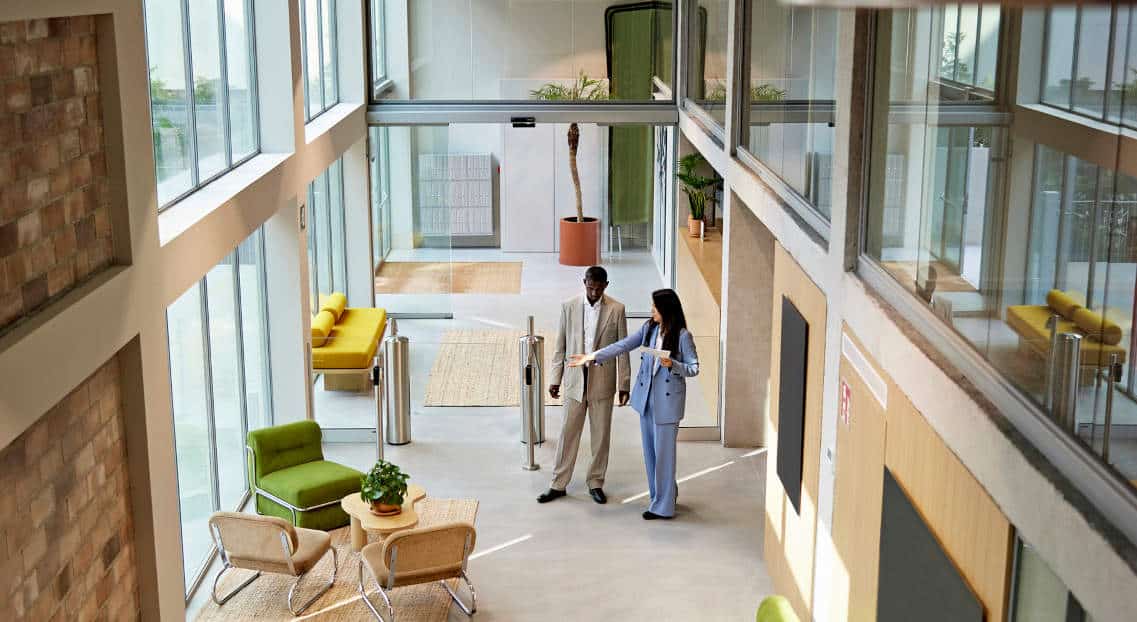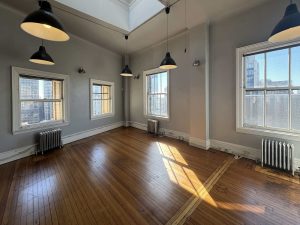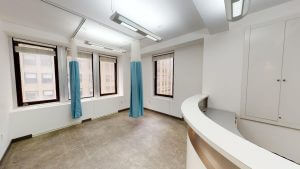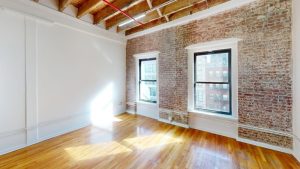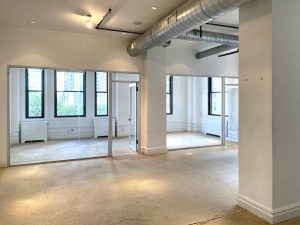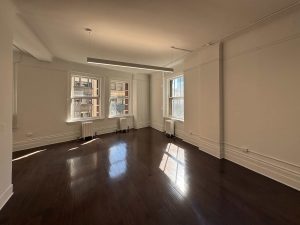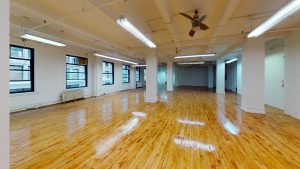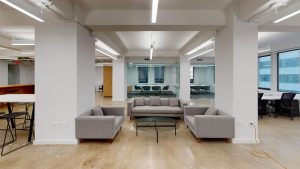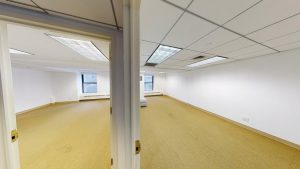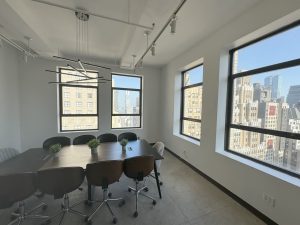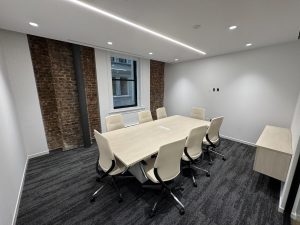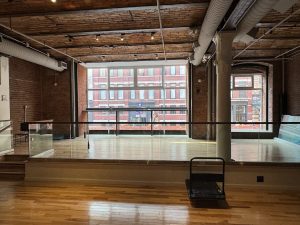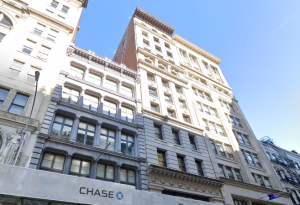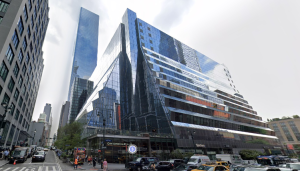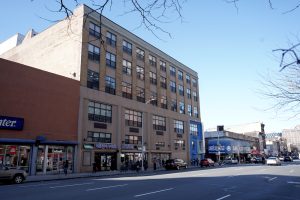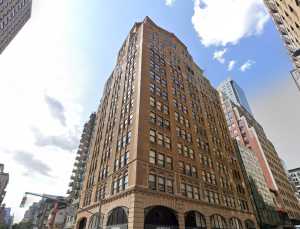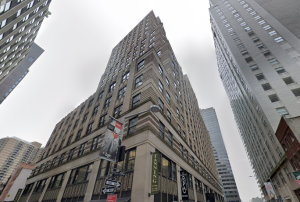You make an appointment to see a New York City commercial space that, judging from some online photos, is ideal for your business. It’s got a great location, reasonable rent, and just enough square footage.
However, when you get there, there seems to be less space than was advertised – significantly less.
Welcome to your first lesson on the “loss factor.”
What Is the Loss Factor?
The loss factor is the difference between “rentable square footage” (RSF) and “usable square footage” (USF).
RSF refers to space you pay for but do not actively use day-to-day for your business. RSF usually includes common areas, public bathrooms, elevator vestibules, fire stairs, electrical closets, utility rooms, or lobby space.
USF, however, is the space allocated for your company’s use. In other words, the net square footage that you use day-to-day.
Because USF is always smaller than RSF, it results in a loss factor. Sometimes, it can even be as high as 30-45% smaller than RSF, making the loss factor even more significant.
How Does Loss Factor Affect Your Company?
Commercial landlords market their available space according to the RSF measurement. Why wouldn’t they? They’re not misrepresenting the square footage. After all, rent prices also include the usage of common areas.
For potential tenants, this might not be very clear. For example, a tenant may feel misled if expecting 1,000 USF but instead winds up with 1,000 RSF and only 600 to 800 USF.
Keeping Confusion to a Minimum
If you don’t want to end up disappointed with office space that seems smaller than what you expected, here are some simple tips to help minimize the confusion.
- New York City office space loss factors are generally between 20% and 40%.
- Loss factors for Manhattan office space tend to be greater in office buildings constructed after 1970. These post-1970 buildings tend to have large lobbies and elevator banks that account for a larger proportion of common areas.
- Loss factors are typically smaller for retail spaces because common areas tend to be minimal. For these spaces, it can range between 5% and 10%.
- Consider using this office space calculator as a useful tool.
The Key Takeaway
Your business’s loss factor is an important thing to account for.
First, consider that the loss factor can vary considerably from building to building. Finding a low loss factor space means you can fit into a smaller unit and save considerably. Square foot prices are advertised and transparent. The real value is in spaces with low loss factors. Even if spaces with low loss factors receive little publicity, brokers familiar with commercial inventory know what buildings have them.
Furthermore, consider your growth plans. You want to lease office space based on your current and future headcount to accommodate planned growth. It would be prudent to lease additional office space, particularly if you anticipate growth during your lease term. A loss factor can hinder these plans.
The distinction between RSF and USF is important, especially if your company has many employees (or if you happen to be into oversized furniture). If you want to compare “apples to apples,” you should calculate the price per USF for each space to determine what you are really paying.
If you don’t see the USF listed in an ad listing a particularly appealing property, be sure to do a little calculating before making an appointment or moving forward.
Need help doing the math? Contact Alan Rosinsky, Principal Broker at Metro Manhattan Office Space, at 212-444-2241.
